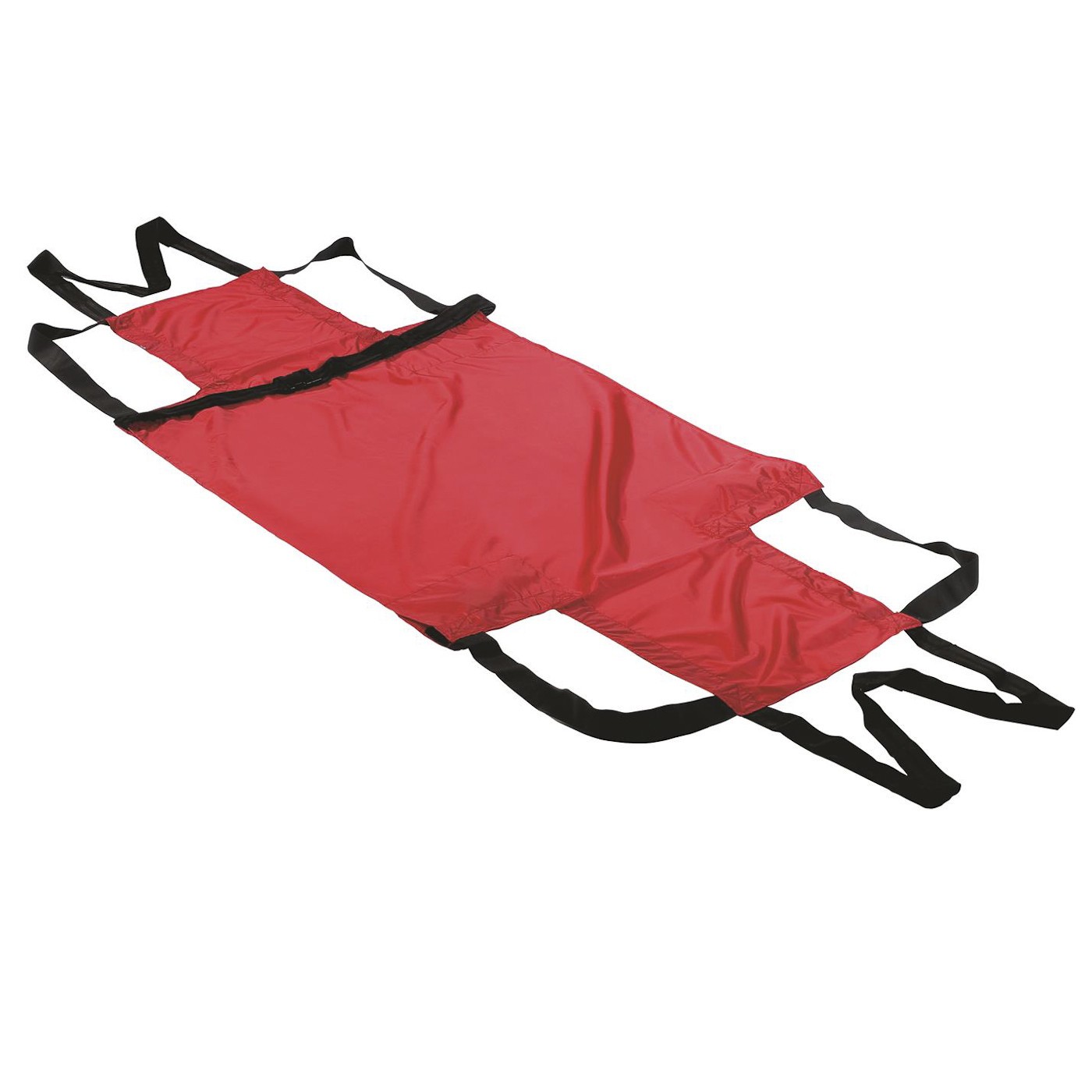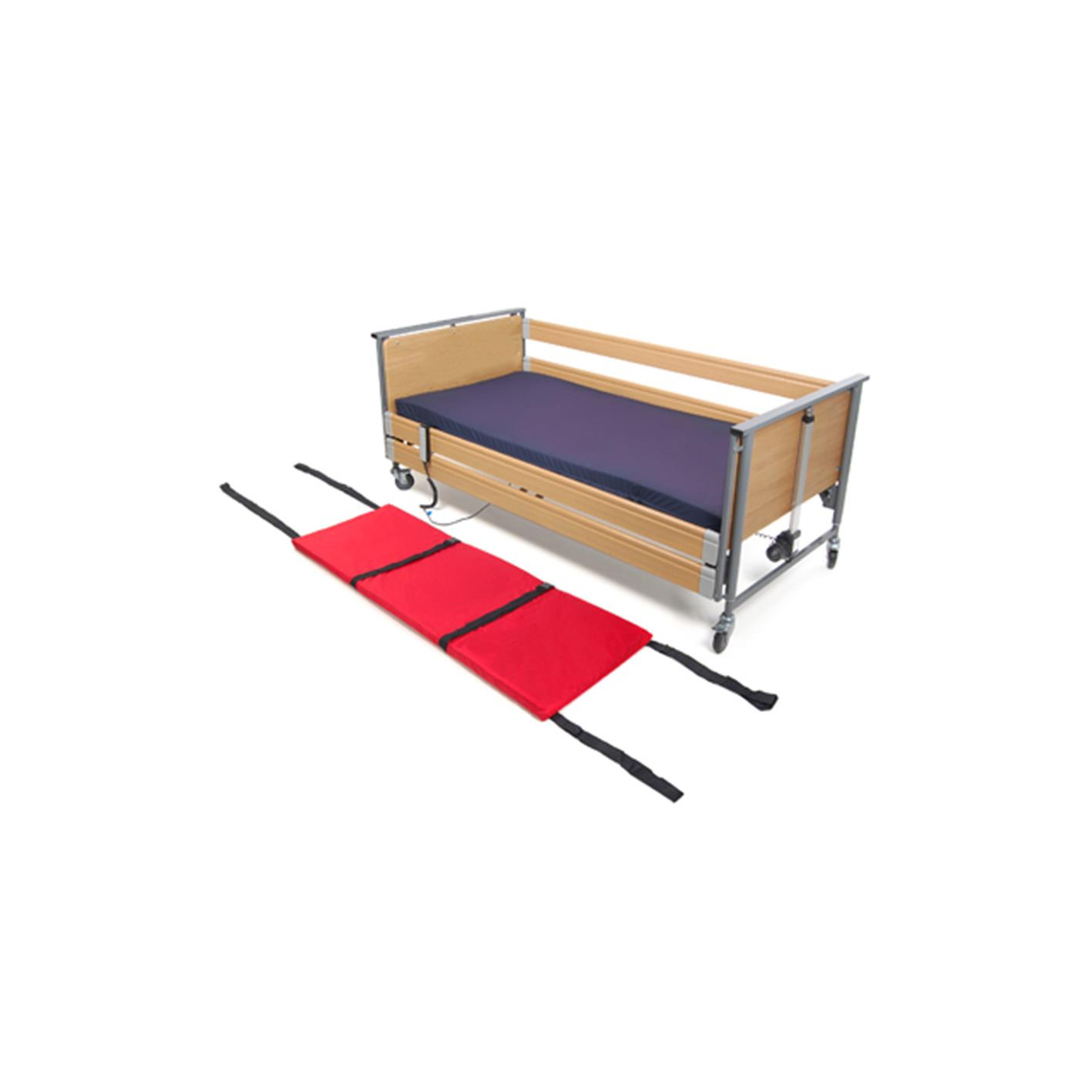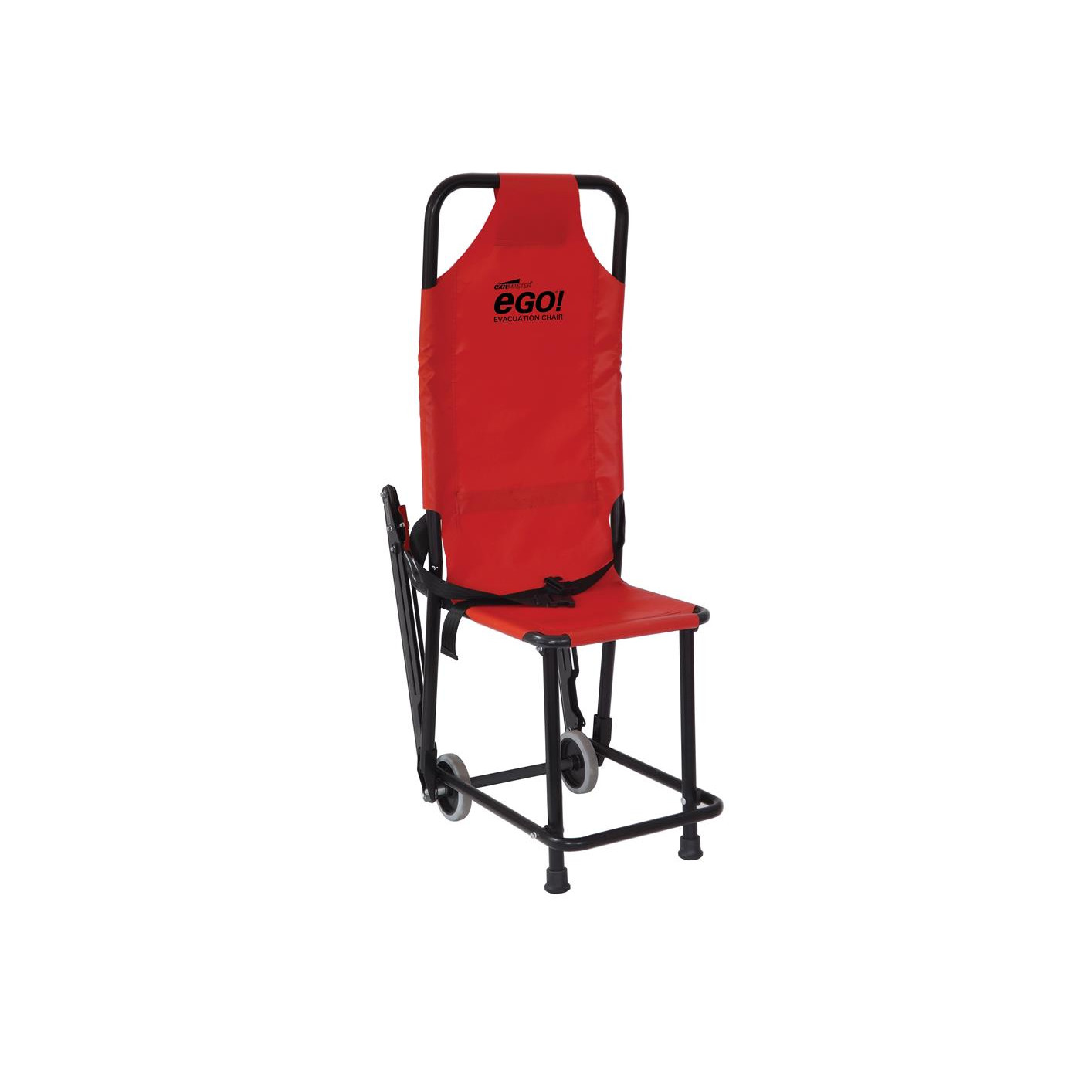Evacuation Equipment: Which type is best for my care home?
Fires are a serious threat to any building, but they are especially dangerous in care homes. This is because the elderly and disabled are often more vulnerable to the effects of fire and it can be difficult to evacuate those with limited mobility quickly and safely.
There is a common misunderstanding that it is the responsibility of the emergency services to ensure everyone evacuates from a building safely, it is not! It is in fact a legal requirement for employers and service providers to ensure the safe evacuation of mobility impaired persons in the event of an emergency.
That's why it is so important for care homes to have adequate fire evacuation equipment and to be familiar with the fire safety regulations that apply to them. We often get asked what type is most suitable for my requirements? With many forms available, we have put together the key information you need to help you make the most accurate and informed decision to ensure that your clients are kept safe in an emergency that requires evacuation.
Choosing the Right Fire Evacuation Equipment
When choosing fire evacuation equipment for a care home, it is important to consider the following factors:
- The size of the care home: The size of the care home will determine the number and type of fire evacuation equipment that is needed.
- The number of residents: The number of residents will also determine the number and type of fire evacuation equipment that is needed.
- The age and physical condition of the residents: The age and physical condition of the residents will affect the type of fire evacuation equipment that is most appropriate.
- The fire safety regulations that apply to the care home: The fire safety regulations that apply to the care home will also affect the type of fire evacuation equipment that is needed.
Evacuation Sheet
 An evacuation sheet is a piece of equipment used to evacuate people from a building during a fire. The sheet has handles on either side so that it can be easily transported.
An evacuation sheet is a piece of equipment used to evacuate people from a building during a fire. The sheet has handles on either side so that it can be easily transported.
Evacuation sheets are often used in care homes because they can be used to evacuate people who are unable to walk or who are in wheelchairs. The sheet can be placed under the person and they can then be slid to safety. This can be a lifesaver in the event of a fire.
Evacuation sheets are also used in other settings, such as hospitals, schools, and offices. They are an important part of fire safety and can help to save lives.
An evacuation sheet is used in conjunction with a mattress and is placed underneath the mattress on the bed frame, so that in the event of a fire, the resident can be removed from the home on the mattress meaning no time is wasted. This is particularly useful if you have residents that are bed-bound.
There are two main types of evacuation sheets: static and dynamic.
Static evacuation sheets are designed to be used with static mattresses, such as foam or spring mattresses. They are typically made of a thick, durable material that can withstand the weight of the mattress and the person lying on it.
Dynamic evacuation sheets are designed to be used with dynamic mattresses, such as air mattresses. They are typically made of a thin, lightweight material that is easy to slide on.
- They are easy to use and enable very quick evacuation.
- They do not require extra storage space as are left on the bed under the mattress.
- May not always be suitable depending on the residents requirements and escape routes.
- They are available in a variety of sizes.
When planning for the type of evacuation method to use, it is important that the width of the doorways are taken into account as this may determine whether or not it is a viable option for you.
Evacuation Mat
 An evacuation mat is typically made of a lightweight, durable material that is easy to slide on. The mat has handles on either side similar to the evacuation sheet, but is designed so that the person lies directly onto the mat.
An evacuation mat is typically made of a lightweight, durable material that is easy to slide on. The mat has handles on either side similar to the evacuation sheet, but is designed so that the person lies directly onto the mat.
Fire evacuation mats are also used in other settings, such as hospitals, schools, and offices. They are an important part of fire safety and can help to save lives.
- They are easy to use and can be quickly deployed in an emergency.
- They are lightweight and portable, making them easy to store and transport.
- They are durable and can withstand various weights (the weight capacity of our evacuation mat is 150kg).
- They are non-slip, providing a safe surface for people to be slid on.
- They are available in a variety of sizes to accommodate different needs.
- They sometimes include an integrated foot pocket to hold the patient securely in place.
Evacuation Sledge / Mattress
 A fire evacuation mattress, also known as a fire rescue mat, is a piece of equipment used to evacuate people from a building during a fire. It is typically made of a lightweight, durable material that is easy to slide on. The mattress has handles on either side so that it can be easily transported. An evacuation sledge differs from a mat in that the sledge includes a foam base, usually about 50mm thick, for support but is not designed to offer pressure relief. All evacuation ‘ski pads’ are tested for strength, ensuring they are safe to use for all residents. The resident is placed onto the mattress and secured with safety straps to then be evacuated safely and efficiently.
A fire evacuation mattress, also known as a fire rescue mat, is a piece of equipment used to evacuate people from a building during a fire. It is typically made of a lightweight, durable material that is easy to slide on. The mattress has handles on either side so that it can be easily transported. An evacuation sledge differs from a mat in that the sledge includes a foam base, usually about 50mm thick, for support but is not designed to offer pressure relief. All evacuation ‘ski pads’ are tested for strength, ensuring they are safe to use for all residents. The resident is placed onto the mattress and secured with safety straps to then be evacuated safely and efficiently.
- They are easy to use and can be quickly deployed in an emergency.
- They are lightweight and portable, making them easy to store and transport.
- They have a foam base to protect the patient
- They have securing straps to secure the patient
- The weight capacity of our evacuation sledge is 95kg.
Evacuation Chair
 Evacuation chairs are often used in care homes because they can be used to evacuate people who are unable to walk or who are in wheelchairs. The chair can be placed under the person and they can then be slid to safety.
Evacuation chairs are often used in care homes because they can be used to evacuate people who are unable to walk or who are in wheelchairs. The chair can be placed under the person and they can then be slid to safety.
This enables one person to be able to evacuate a physically impaired resident and will allow for faster and easier evacuation in the event of an emergency. They are also usually made to be used effectively on stairs, so are a great option for a nursing home that has multiple stories.
Features:- They usually have adjustable headrest and back supports to suit different individuals.
- They fold away and can be stored wall mounted.
- Additional features available include lockable rear wheels.
- The weight capacity of our evacuation chairs range bewteen 150kg and 180kg.
Powered Evacuation Stair Climber
 Powered stair climbers are usually battery powered and enable 1 person to evacuate a physically impaired person. Our stair climber has been approved by the London Fire Brigade Enterprises so you can rest assured that this machine will be able to stand the test of all forms of emergency that requires evacuation.
Powered stair climbers are usually battery powered and enable 1 person to evacuate a physically impaired person. Our stair climber has been approved by the London Fire Brigade Enterprises so you can rest assured that this machine will be able to stand the test of all forms of emergency that requires evacuation.
- They are power controlled meaning less exertion is required to transport residents up a flight of stairs.
- They fold away and can be stored wall mounted.
- The weight capacity of our evacuation stair climber is 180kg.
Fire Safety Training
It is important for all staff in care homes to receive fire safety training. This training should cover topics such as:
- How to use fire alarms and fire extinguishers.
- How to evacuate the building in the event of a fire.
- How to help residents evacuate the building in the event of a fire.
By providing staff with fire safety training, care homes can help to ensure that residents are safe in the event of a fire. It is of particualr importance that staff receive appropriate training for all the types of evacuation equipment that you have in the home to ensure they know how to use it in the event of an emergency.
Fires are a serious threat to care homes, but by taking the necessary precautions, care homes can help to protect residents and staff from the dangers of fire. By having adequate fire evacuation equipment and by being familiar with the fire safety regulations that apply to them, care homes can help to ensure that everyone is safe in the event of a fire.
In addition to the above, here are some further tips for fire safety in care homes:
- Keep all flammable materials away from heat sources.
- Do not overload electrical outlets.
- Teach residents about fire safety and what to do in the event of a fire.
- Conduct regular fire drills.
- Have a fire escape plan in place and make sure everyone knows it.
- Keep fire extinguishers in good working order and make sure everyone knows how to use them.
- Have a fire alarm system in place and make sure it is working properly.
- Have a fire warden for each floor of the building and make sure they know what to do in the event of a fire.
- Keep the fire exits clear and unobstructed.
- Make sure all smoke detectors are working properly.
- Have a fire safety policy in place and make sure everyone knows it.
Get In Touch
In summary we trust that the information in this article helps you to make a decision on the best type of evacuation equipment for your requirements. If you have further questions regarding the above evacuation systems and what we can offer, don’t hesitate to contact our team on 01392 823233.





